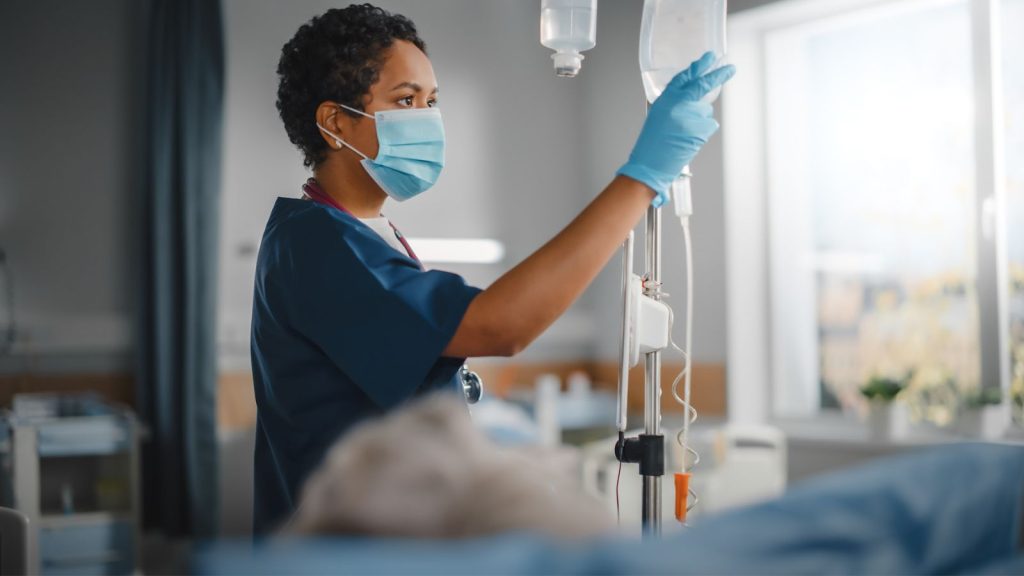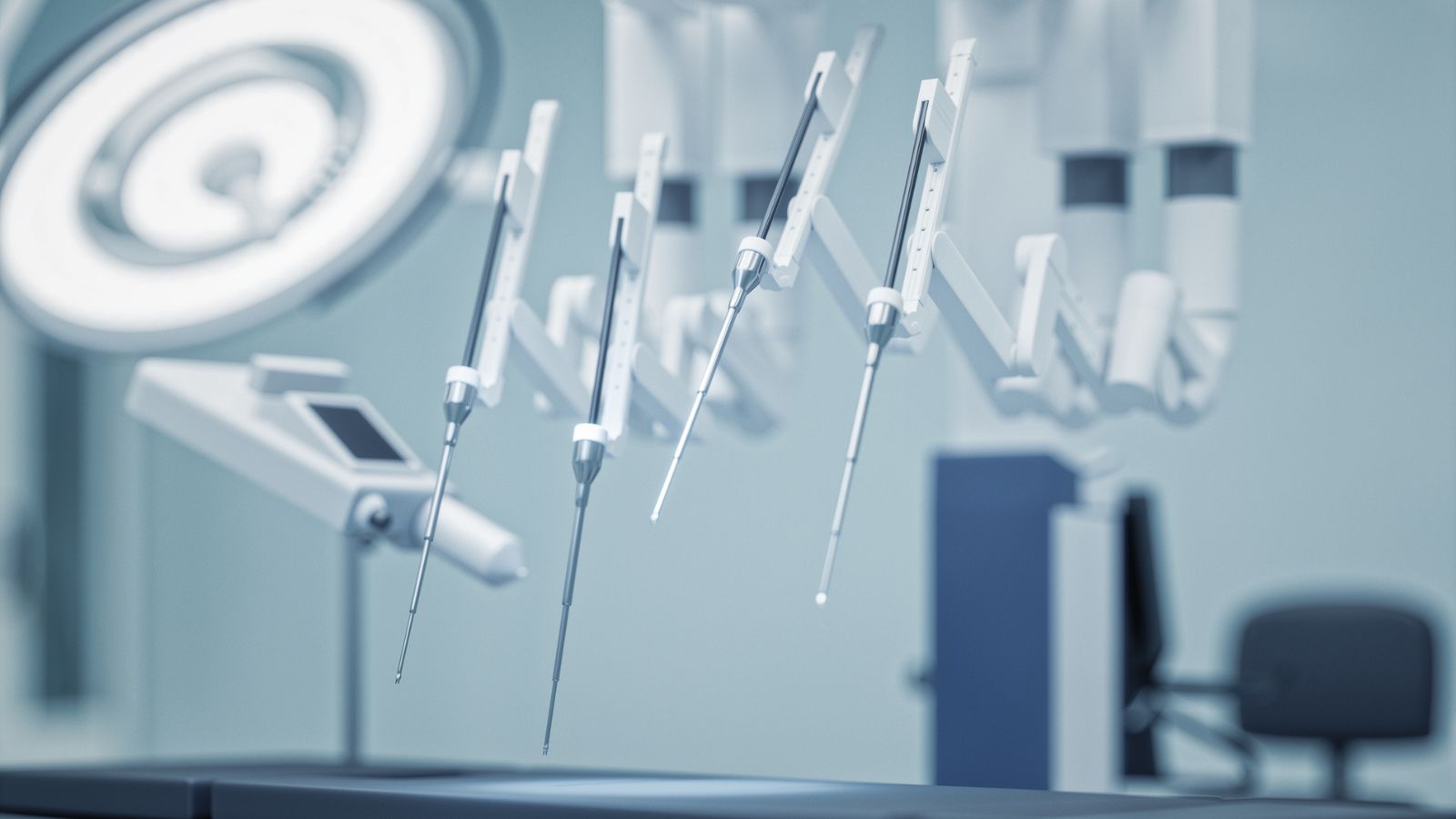When releasing medical devices in the European market, manufacturers face many complex rules to ensure compliance with the EU’s health, safety and environmental regulations. Notified Bodies play a key function when it comes to compliance, but what do they really do?
Let’s take a closer look at these accredited bodies, learn more about their role and understand why they are important for medical device manufacturers.
What Are Notified Bodies?
Notified Bodies are appointed by EU member states and are responsible for assessing the conformity of a range of medical devices and in vitro diagnostic products.
Their mandate covers everything from evaluating technical documentation to auditing manufacturing processes, ensuring that each product adheres to the standards set by the EU in the EU Medical Device Regulation (MDR) and the In Vitro Diagnostic Medical Devices Regulation (IVDR).
It’s worth noting that Notified Bodies may specialize on specific industries, product types or equipment. This specialization ensures that each category of product is evaluated by experts who deeply understand the specific standards and challenges associated with that type of device.

How Notified Bodies Work Under the EU MDR and IVDR
Notified Bodies bear increased responsibilities as a result of the EU MDR and IVDR, including:
Recertification: Under the regulatory framework, existing Notified Bodies are required to undergo a rigorous process of recertification. This process is designed to ensure that they are equipped to handle the increased scrutiny and expanded scope of evaluation demanded by the EU MDR and IVDR.
Expanded Scope: One of the most notable shifts in the role of Notified Bodies is the expansion of their scope of evaluation. Notified Bodies oversee the manufacturer’s commitment to quality management and post-market surveillance. This continuous oversight is critical to ensuring that once a device is placed on the market, it remains safe and effective throughout its lifecycle.
Harmonized Assessments and Cooperation: The importance of cooperation between EU Member States cannot be overstated. Harmonized assessments are essential to ensure consistency and effectiveness in evaluating medical devices across the European Union. Notified Bodies play a critical role in these assessments, working collaboratively to uphold the highest standards of safety and quality in the medical device industry.
The Certification Process
Earning the CE Mark requires a meticulous conformity assessment led by a Notified Body. This process rigorously evaluates each device to ensure it meets EU safety and effectiveness standards. Central to this assessment is the scrutiny of the manufacturer’s Quality Management System (QMS), ensuring its alignment with stringent EU regulations like ISO 13485:2016.
Upon successful evaluation, Notified Bodies issue EC Certificates, enabling devices to bear the CE mark – a symbol of compliance and a key to market access within the EU.
Choosing and Working with Notified Bodies
Choosing the right Notified Body is an important decision. For medical device manufacturers, it’s essential to evaluate the specializations and strengths of each Notified Body. This understanding helps to align with an organization that has the right expertise and resources to guide you through the certification process smoothly.
Collaborating effectively with your chosen Notified Body is key to ensuring compliance and securing market access. Open communication, transparency, and preparedness are vital in this partnership. Manufacturers should approach this collaboration with a comprehensive understanding of their product and a readiness to engage in a detailed evaluation process.

Challenges and Future Outlook
As of mid-2024, the medical device industry is still facing challenges related to the capacity and availability of Notified Bodies under the MDR and IVDR. The situation, while showing some progress, remains a significant issue. Compared to the number of Notified Bodies under the previous directives, there has been a marked reduction in the number of bodies designated under the new MDR and IVDR regulations. This shortage is further compounded by the complexity of the requirements and external factors like the COVID-19 pandemic and Brexit.
The industry must navigate these limitations carefully, as they have implications for the timely certification of new medical devices and in vitro diagnostic products. These challenges underscore the importance of early and proactive engagement with Notified Bodies to ensure compliance and market access.
Unlocking Compliance with Argos Multilingual
For manufacturers, maintaining an up-to-date understanding of regulatory changes and actively collaborating with Notified Bodies is essential for successful market entry. This partnership ensures that their products meet all necessary requirements, thus facilitating smoother market access.
At Argos Multilingual, we offer tailored language services for medical device manufacturers navigating MDR and IVDR compliance. Our translation and localization expertise can facilitate communication with your Notified Body, help your devices meet CE mark language requirements and comply with MDR and IVDR regulations.
Do you have questions about language compliance? Learn how Argos Multilingual can support your MDR or IVDR efforts.
 Argos Multilingual
7 min. read
Argos Multilingual
7 min. read
Mastering Japanese LQA presents a formidable challenge due to the intricacies of both the language and culture. However, for those who can overcome these challenges, the potential for business success is immense. Consider the following key factors: Japan stands as the world’s third-largest economy, boasting a diligent and highly educated workforce. With a population of […]

 Argos Multilingual
5 min. read
Argos Multilingual
5 min. read
In the life sciences sector, digital platforms and the shift towards patient-centered care have made multilingual marketing an indispensable tool for engaging with diverse patient populations and ensuring accessibility worldwide. Creating multilingual content that’s not only linguistically accurate but also meets the cultural and regulatory frameworks of each target market is vital. As the industry […]











